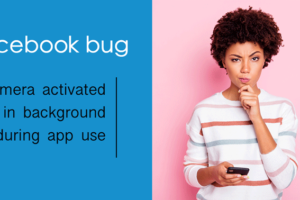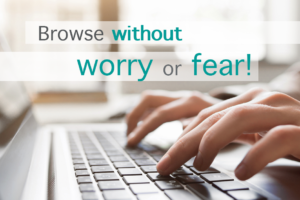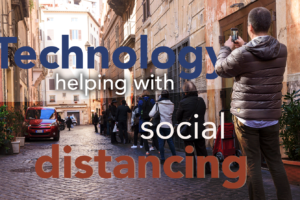There are many situations in which your Gmail account could be inadvertently exposed to prying eyes, especially if you access your inbox from different devices throughout the day. Whether it’s a lost phone, laptop or tablet; or you had to borrow a laptop in a rush and forgot to log out; or when you need to allow someone to use your main PC — where you keep your session active — while you are away.
Gmail has a remote log out feature that’s quite handy in these situations, allowing you to end all active sessions from any computer or mobile phone. Some of you might not be familiar with it but it sits right there at the bottom of your inbox and is just a single click away.
- Log into Gmail from any web browser
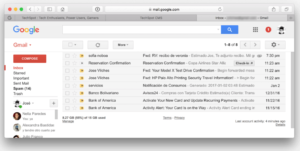
- Scroll to the bottom of your inbox and just below the last of your received email, to the right, is a section detailing your “Last account activity” alongside a link for more “Details”.
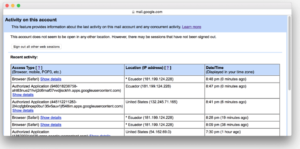
- Click on details and a new window will popup up with all recent sessions and a button to end them all.
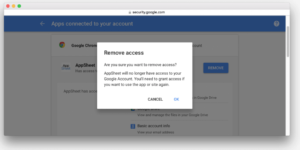
If you just need to make sure you’re logged out everywhere, a single click will do the trick. However, you could also take some time to examine those sessions and identify whether there’s any activity you should worry about or long forgotten apps that you no longer want to grant access.
Particularly in the first column titled “Access Type” you’ll be able to see the browser, device, application or mail server (like POP or IMAP) that you accessed Gmail from. If you don’t recognize the activity on the page, like a location or access type, someone might have access to your account as a result of a phishing scam or malware, and you should change your password immediately.
For entries that read Authorized Applications you can click on Show details and then on Manage Account Access. From here you’ll get a full list of every application that you have granted access to your Gmail, and clicking on an entry will reveal the date this access was granted, along with details of what the app has access to and a Remove button to revoke its authorization.
Read more: How to remotely sign out of Gmail on Multiple



